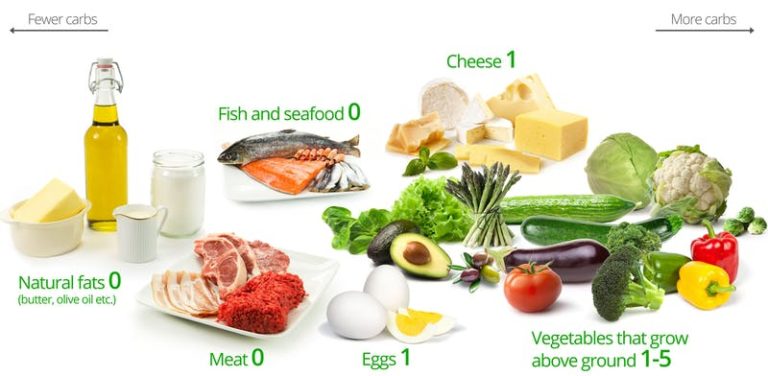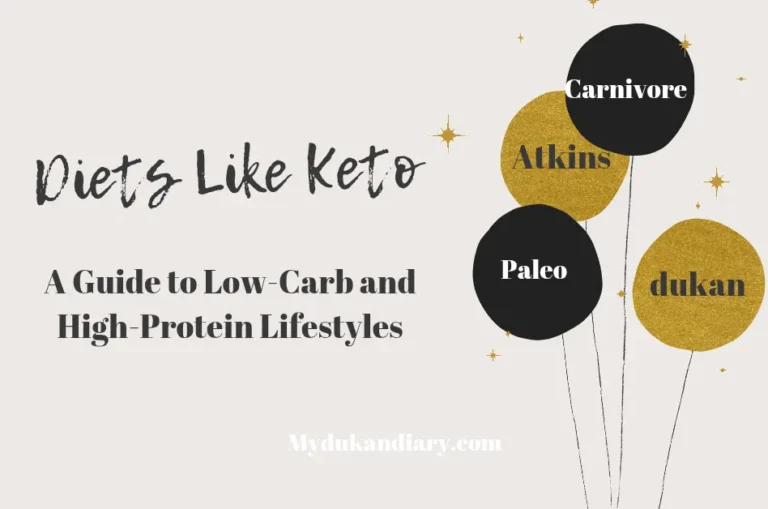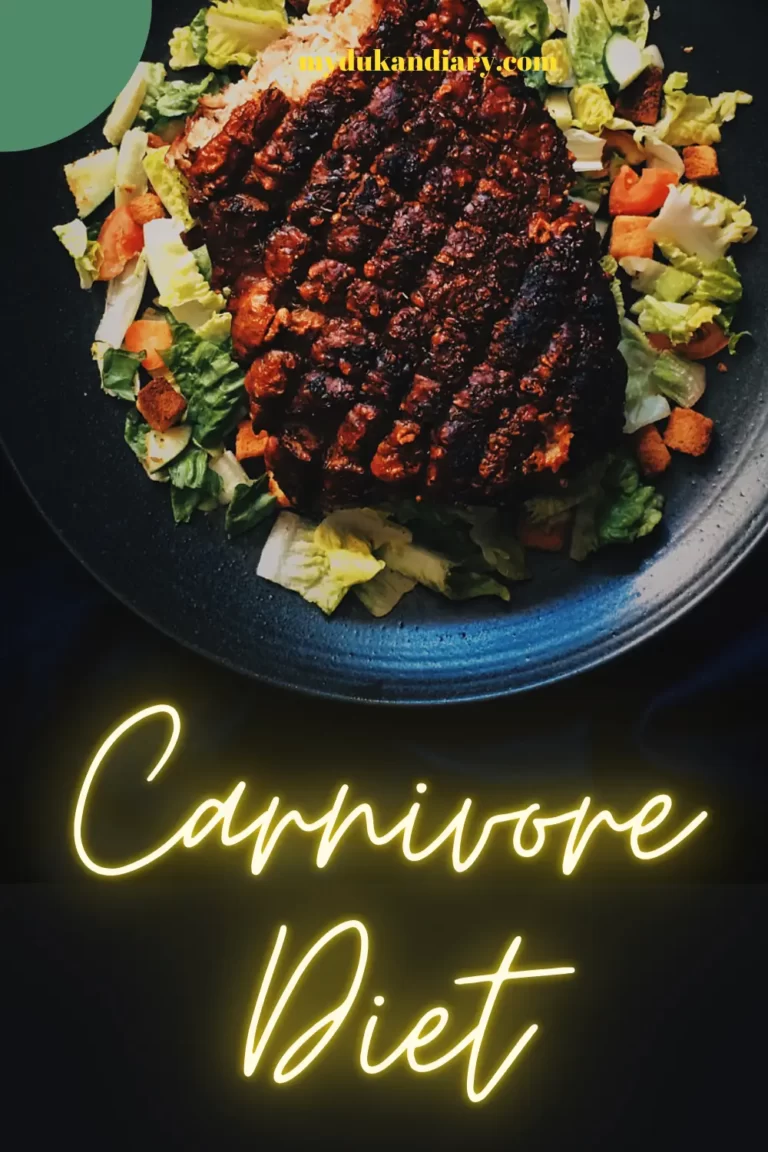The Paleo Diet and Omega 3 Benefits
The Paleo Diet, short for Paleolithic Diet, is a dietary plan based on the presumed ancient diet of early humans during the Paleolithic era, which lasted approximately 2.5 million years and ended around 10,000 years ago with the advent of agriculture. The main idea behind the Paleo Diet is to mimic the food choices of our ancestors, focusing on whole, unprocessed foods. Here are the key aspects, pros and cons, and food guidelines for the Paleo Diet:
What to Eat on the Paleo Diet:
- Lean Proteins:
- Meats: Grass-fed beef, poultry, pork, lamb, game meats.
- Fish and Seafood: Wild-caught fish, shellfish.
- Fruits and Vegetables:
- Colorful, non-starchy vegetables.
- Berries and other fruits in moderation.
- Nuts and Seeds:
- Almonds, walnuts, flaxseeds, chia seeds, etc.
- Healthy Fats:
- Olive oil, coconut oil, avocado oil.
- Avocados and coconut products.
- Eliminate or Limit:
- Grains: Wheat, barley, rice, oats.
- Legumes: Beans, lentils, peanuts.
- Dairy: Milk, cheese, yogurt.
- Processed Foods: Sugars, refined oils, artificial additives.
Pros of the Paleo Diet:
- Nutrient-Dense Foods: Emphasizes whole, nutrient-dense foods.
- Weight Loss: Some people find it effective for weight loss.
- Improved Blood Lipids: May improve cholesterol and triglyceride levels.
- Stable Blood Sugar: Focuses on low-glycemic foods.
Cons of the Paleo Diet:
- Nutrient Gaps: Some nutrients may be lacking, especially if food choices are too restrictive.
- Expense: Grass-fed meats and organic produce can be more expensive.
- Limited Food Choices: Eliminates certain food groups, which may make it challenging for some to adhere to the diet.
- Lack of Long-Term Research: Limited long-term studies on the diet’s safety and efficacy.
What to Buy:
- Proteins:
- Grass-fed or pasture-raised meats.
- Wild-caught fish.
- Free-range poultry and eggs.
- Produce:
- Colorful, non-starchy vegetables.
- Berries and other fruits in moderation.
- Nuts and Seeds:
- Almonds, walnuts, flaxseeds, chia seeds.
- Fats and Oils:
- Olive oil, coconut oil, avocado oil.
- Sweeteners (in moderation):
- Honey, maple syrup.
It’s essential to note that individual responses to the Paleo Diet vary. Before making significant changes to your diet, especially if you have pre-existing health conditions, it’s advisable to consult with a healthcare professional or a registered dietitian. They can provide personalized advice based on your specific needs and goals.
Paleo diet is a diet where you are supposed to eat whatever your ancestors ate. I know this is a very brief description but it captures the essence of this diet. It might me hard to replicate our ancestor`s exact diet, but you could always eat a modernized version of it.
How could you do this well? Firstly, you could start by implementing more nuts, seeds, grass fed meat and wild caught fish in your diet. If you implement more of these foods then you will most likely increase your omega 3 intake.
Why your omega 3 intake could increase when on the paleo diet:
• Grass fed meat has a lower omega 6:3 ratio than industrial raised meat has
• Flax seeds contains high amounts of omega 3
• Wild caught fish contains more omega 3 than farm raised fish
• Pastured eggs contains vast amounts of omega 3 and has a considerably lower omega 6:3 than conventional eggs has
Why it is important to get enough omega 3:
These are some of the positive effects that omega 3 is said to have:
• Lower the risk of coronary heart disease
• Anti-inflammatory
• Improve your cholesterol
• Support against cancer, depression, ADHD and Alzheimer

Plant based omega 3:
Another great source of omega 3 that you will probably encounter when following a paleo diet are seeds, such as flax seeds. Flax seeds contain large amounts of ALA fatty acids, which is a type of omega 3.
When ingested ALA is converted to DHA and EPA in the body. These two types of omega 3 are what most of the health benefits with omega 3 are linked to. However, your body converts the ALA to EPA/DHA at a low rate, hence it could be hard to obtain the same amounts of DHA/EPA from plant based omega 3 sources as you could from animal based fat sources. Nevertheless, omega 3 from plant based sources such as Flax seeds are still beneficial for you and should be a part of your diet.
An easy way to implement flax seeds in your diet is to include it in bread recipes. Here it is important to grind the seeds in order for your body to digest the seeds properly.
Why it is important to focus on the omega 6:3 ratio:
When it comes to omega 3 it is important to pay attention to the ratio of omega 6:3 and not only the omega 3 intake in itself. The ratio I am here talking about is the ratio in your body.
The modern man probably has a ratio around 20:1, and the optimal ratio of omega 6:3 which is associated with most of the health benefits lays somewhere around 4:1- 1:1. When regular grain fed beef has a 6:3 ratio of around 20:1, and grass fed beef has a 6:3 ratio around 3:1, then you see why it is beneficial to consume grass fed beef over grain fed beef.
Conclusion:
In conclusion, omega 3 fatty acids are very beneficial for you. However it is important to keep in mind that the ratio of omega 6:3 is vital in order to enjoy the benefits of omega 3. Seeds, grass fed meat and wild caught fish could help you optimize the omega 6:3 ratio in your body.
[content-egg-block template=top_listing]





